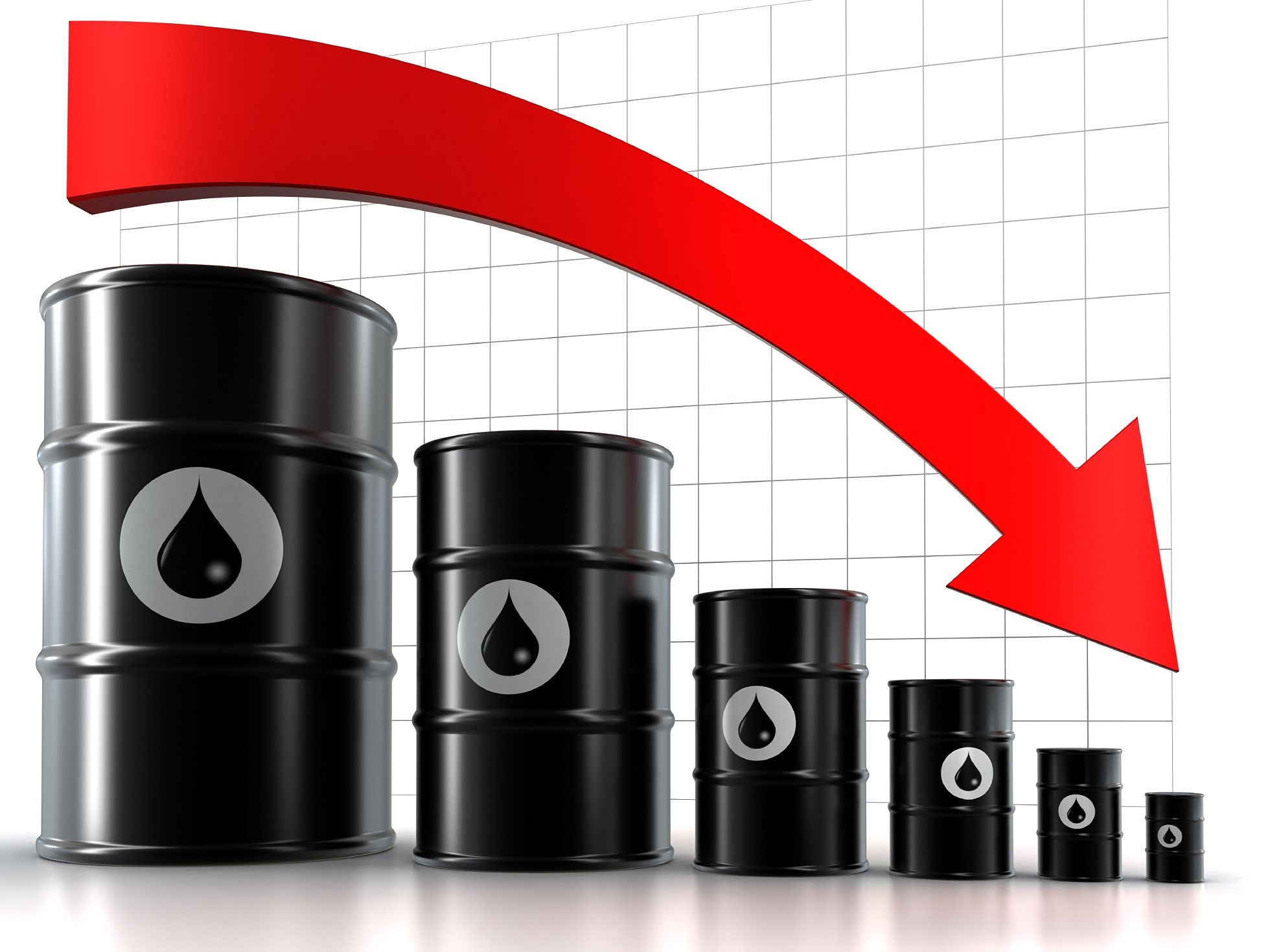Oil edged up on Friday, recovering some of its steep falls earlier in the week, but crude is still set for its worst first-half decline in two decades despite ongoing production cuts.
Brent crude futures were at $45.33 per barrel on Friday, up 11 cents, or 0.2%, from their last close. US West Texas Intermediate crude futures were up 9 cents, or 0.2%, at $42.83 per barrel, CNBC reported.
Oil prices have fallen about 20% this year despite an effort by the Organization of Petroleum Exporting Countries and 11 other producers to cut production by 1.8 million barrels per day that has been in place since January.
That is the worst first-half performance for crude oil since 1997, when rising output and the Asian financial crisis led to sharp price falls.
Prices are also still down around 15% since OPEC extended on May 25 its cuts to cover the first quarter of 2018 instead of expiring at the end of this month.
The weak markets are a result of doubts over OPEC's ability to rein in a fuel supply overhang that has dogged markets since 2014 as production has largely outpaced consumption.
"The post-OPEC meeting slide in prices has lasted longer and pushed lower than we had anticipated in late May," US bank JP Morgan said in its half-year outlook.
"Oil and (petroleum) products comprise five of the ten worst performing commodities this year, owing more to excess supply than to below-average demand," it added. JP Morgan is not just bearish in its short-term outlook.
"By early 2018, the combination of record US production and deteriorating OPEC compliance probably returns average prices to the mid-to-low $40s," it said.
At the heart of the glut is that the recent efforts to reduce production from the traditional suppliers of OPEC and Russia have been met by soaring output from the United States.
Thanks to shale drillers, US oil production has risen by over 10% in the last year to 9.35 million bpd, close to the level of top exporter Saudi Arabia. Excess production has left storage tanks bloated.
"Inventories through April are up 80 (million barrels) since the beginning of the year, raising market concerns about the efficacy of OPEC market management," said US bank Jefferies.


